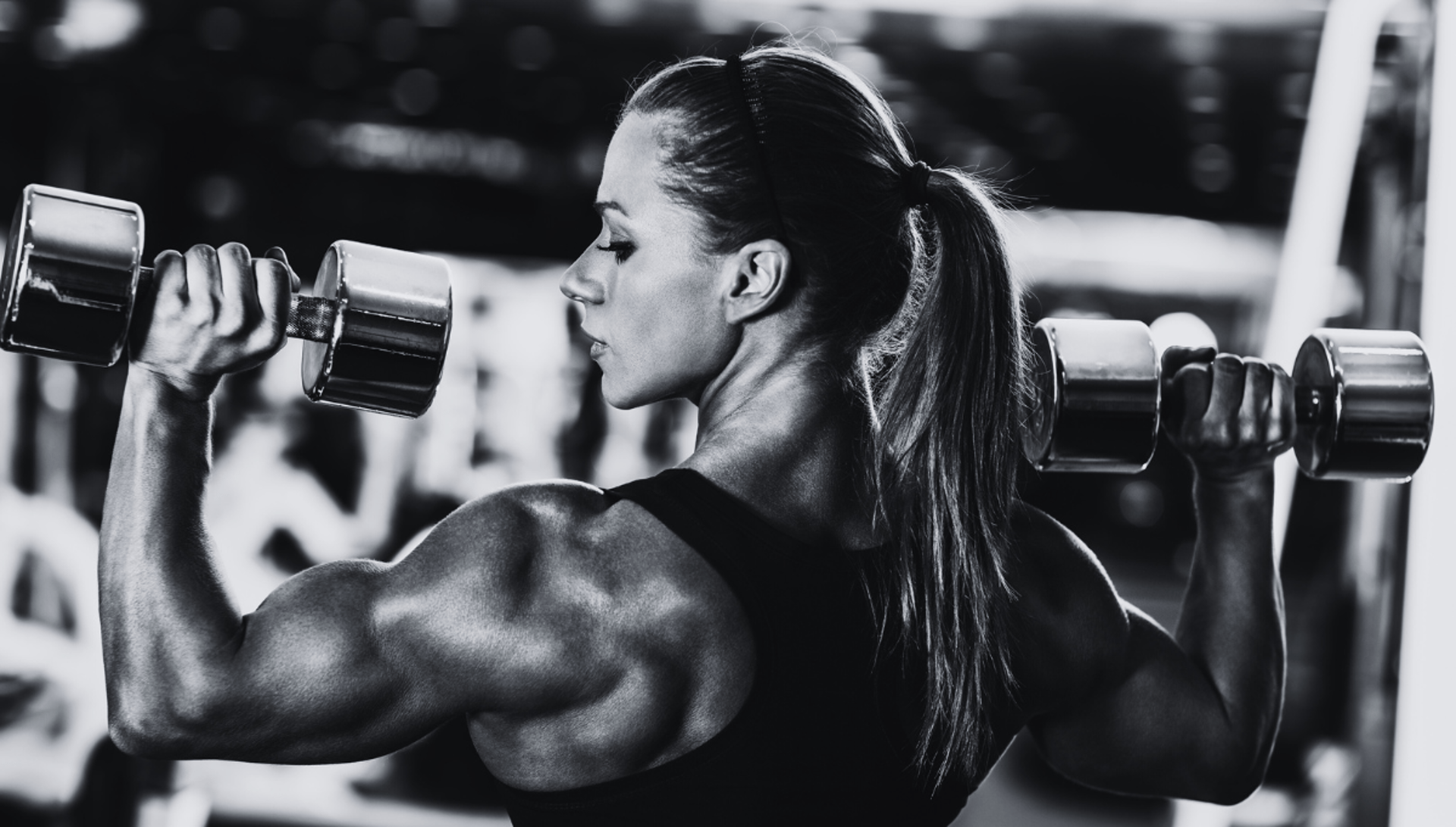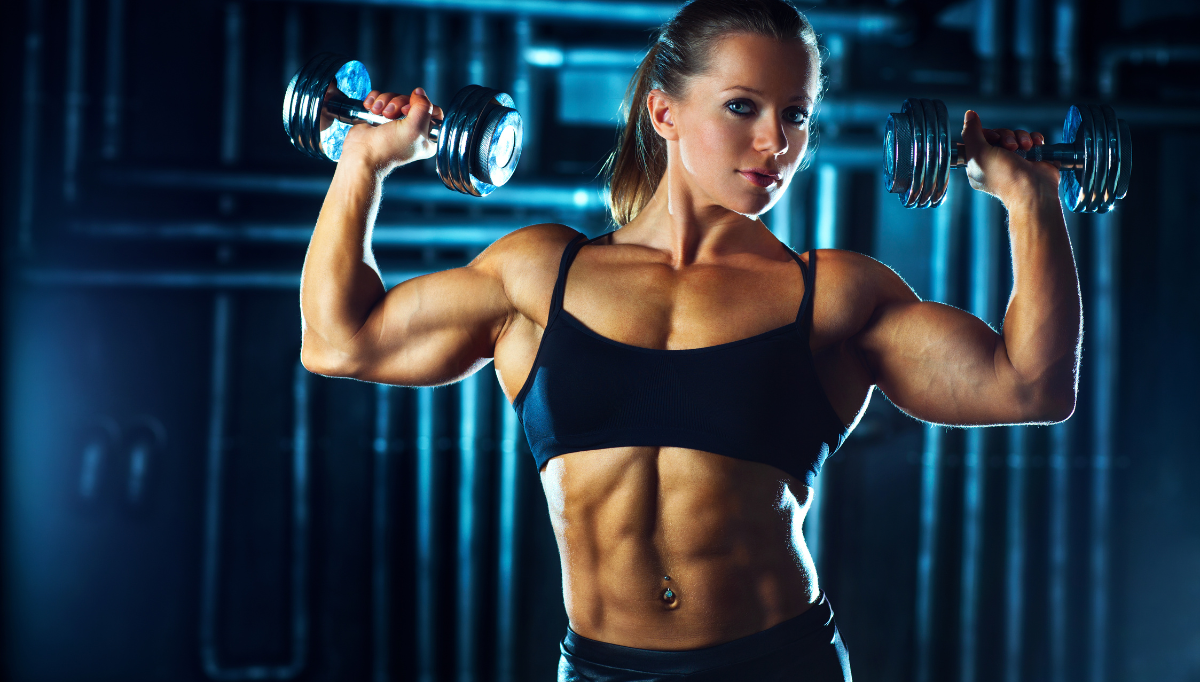Beginning on a wellness bodybuilding journey offers a unique set of challenges and rewards, particularly for women. This comprehensive guide is tailored to help women navigate the nuances of wellness bodybuilding, emphasising the importance of understanding body types, setting realistic goals, and knowing the essential equipment and resources needed to begin.
Understanding Body Types and Their Impacts on Bodybuilding
Body types, or somatotypes, play a significant role in how individuals respond to training and nutrition. Recognizing your body type can help tailor your bodybuilding approach for optimal results.
Ectomorphs are characterized by a lean frame and difficulty in gaining both muscle and fat. Women with this body type may need to increase caloric intake to build muscle.
Mesomorphs have a naturally athletic build, capable of gaining muscle and losing fat with relative ease. Balanced training and nutrition plans work well for mesomorphs.
Endomorphs tend to gain fat easily and struggle to lose it. A focus on cardio, alongside strength training and a well-managed diet, can help endomorphs achieve their bodybuilding goals.
Understanding your body type allows for a more effective and personalized bodybuilding strategy, promoting wellness alongside physical development.
Setting Realistic Bodybuilding Goals
Setting realistic, achievable goals is crucial in maintaining motivation and measuring progress. Goals can range from improving overall strength and endurance to achieving specific aesthetic results. It's essential to:
Be Specific: Clearly define what you want to achieve.
Set Measurable Milestones: Break your main goal into smaller, trackable milestones.
Be Patient: Understand that bodybuilding is a gradual process. Celebrate small victories along the way.
Essential Equipment and Resources for Beginners
Starting with wellness bodybuilding doesn't require a massive investment in equipment. A few basics include:
Adjustable Dumbbells: Versatile and space-saving, allowing for a range of exercises.
Resistance Bands: Useful for both strength training and stretching.
Stability Ball: Enhances core workouts and improves balance.
Quality Training Shoes and Attire: Comfort and support are key to effective workouts.
Resources:
Fitness Apps and Online Communities: Great for guidance, tracking progress, and support.
Nutrition Guides: Essential for understanding how to fuel your body effectively.
Everything Women Should Know About Wellness Bodybuilding
Wellness bodybuilding for women emphasizes a holistic approach, balancing strength training with overall health and well-being. It's not just about building muscle; it's about fostering a lifestyle that promotes physical and mental health. Key aspects include focusing on nutrition that fuels the body for workouts and recovery, understanding the importance of rest and sleep, and developing a consistent exercise routine that includes both strength and cardiovascular training.
Differences for Women in Traditional and Wellness Bodybuilding
The primary distinction between traditional and wellness bodybuilding lies in the goals and approaches:
Traditional Bodybuilding often focuses on achieving specific aesthetic goals, with an emphasis on muscle size, symmetry, and definition. This can sometimes lead to extreme dieting and training practices.
Wellness Bodybuilding takes a more holistic approach, prioritizing overall health, functional strength, and a balanced physique. It encourages practices that support long-term health and well-being, such as sustainable dieting, balanced training programs, and adequate rest.
For women, wellness bodybuilding offers a more accessible and health-focused entry point into the world of bodybuilding. It acknowledges the unique physiological and societal challenges women face and promotes a supportive, inclusive community.
By understanding the foundations of wellness bodybuilding, setting realistic goals, and equipping yourself with the necessary tools, women can embark on a rewarding journey towards achieving both their physical and wellness goals.





